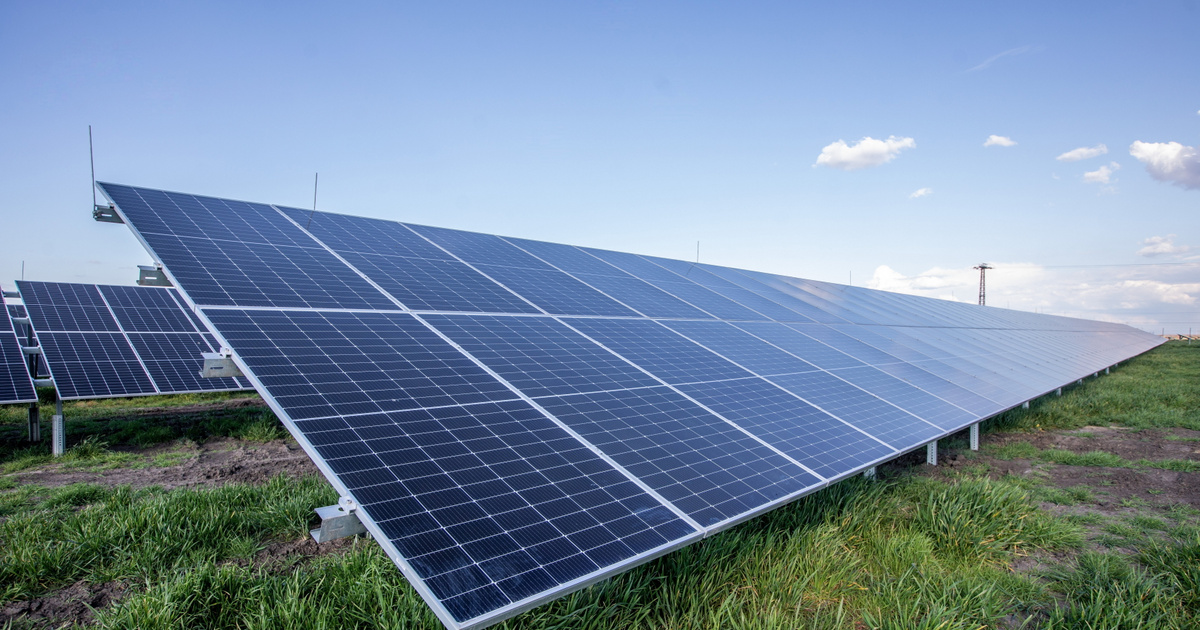According to a global survey, more than two-thirds of the world’s population supports solar energy, five times more than fossil energy holders, according to recent research by the Reuters to explain. The survey was conducted by Glocalities, rights groups Global Citizen and the Fossil Fuel Non-Proliferation Treaty Initiative, and a total of 21,000 people in 21 countries were interviewed in the first half of the year. The countries included Australia, Brazil, China, India, Italy, Mexico, Turkey, China, Italy, Mexico, South Korea and the United States.
According to the poll, with 68% support, solar energy was the most popular energy source.
This was followed by wind (54%), hydro (35%), and nuclear (24%), with only 14% of respondents saying they preferred fossil fuels. His poll confirmed the results of other polls, which indicate that support for renewables is exceptionally strong in Europe and the United States. As is known, according to the latest Eurobarometer poll, 85% of Europeans support countries that invest “heavily” in renewable energies.
The contrast is huge
A Pew Research Center study conducted early last year — before the Russian-Ukrainian conflict erupted and energy prices rose around the world — found that 69% of American adults favored alternative energy sources, up from 79% two years ago. According to the Glocalities survey, solar energy was also the most popular energy source in the United States at 58 percent, while fossil fuels were supported by 24 percent.
“However, fossil fuels will still account for 77 percent of global energy consumption in 2022,” said Michael Sheldrake, co-founder and head of government affairs at Global Citizen, adding:
This situation highlights a worrying paradox: despite strong support for renewable energy sources, fossil fuels still prevail.
Global energy demand grew by 1% last year, and record growth in renewables has not changed the dominance of fossil fuels. According to experts, the world must reduce greenhouse gas emissions by about 43 percent by 2030 compared to 2019 levels for there to be any hope of achieving the international goal contained in the Paris Agreement.
It’s amazing what happens with solar panels
In a Facebook post on Friday, the Energy Ministry reported that by the end of the summer, more solar power had been installed in Hungary this year than in any previous year. According to the latest MAVIR data summary:
- 3124 MW in industrial solar power plants,
- 2,080 MW of installed capacity in home solar energy systems was connected to the local electricity grid by the beginning of September 2023.
In their publication, they also state that there are already more than 231,000 systems under 50 kilowatts in operation in Hungary, compared to the 200,000 previously expected by 2030. PV installations with a capacity of more than 50 kilowatts represent approximately 30 percent of the total installed capacity of the electricity system .
The total capacity of the solar power plant exceeds 5,200 MW.
This year’s expansion (1,187 MW) exceeds the growth achieved over a twelve-month period in last year’s record year by more than 100 MW. “The Ministry of Energy relies mainly on nuclear and solar energy to enhance Hungary’s domestic self-sufficiency capabilities and energy independence,” they added in their post, concluding by noting that PV capacity of 6,000 MW was previously targeted for the beginning of next year. The contract could be put into production in Hungary as early as next year.












































